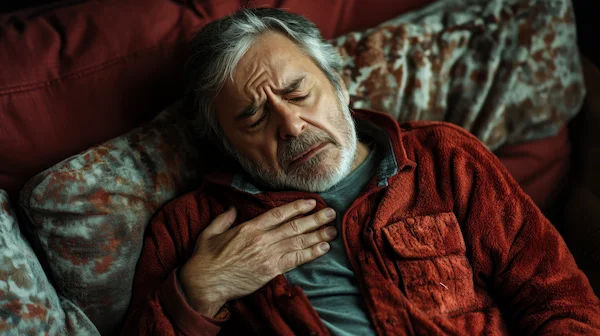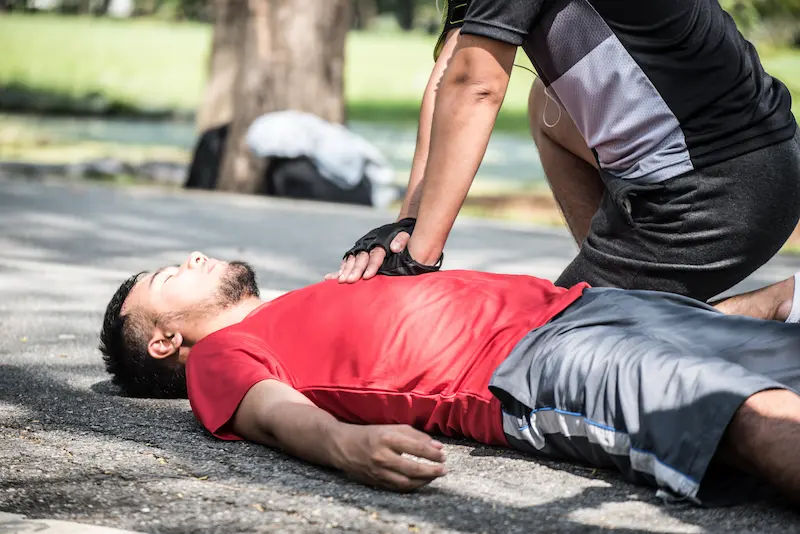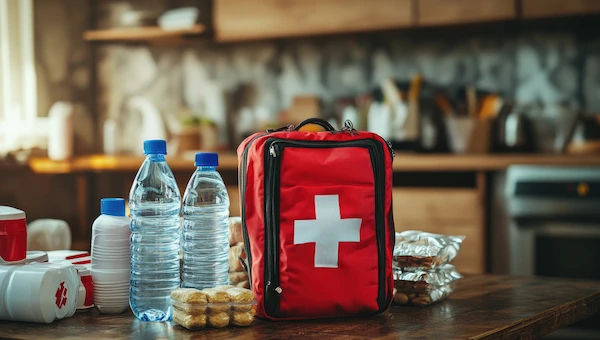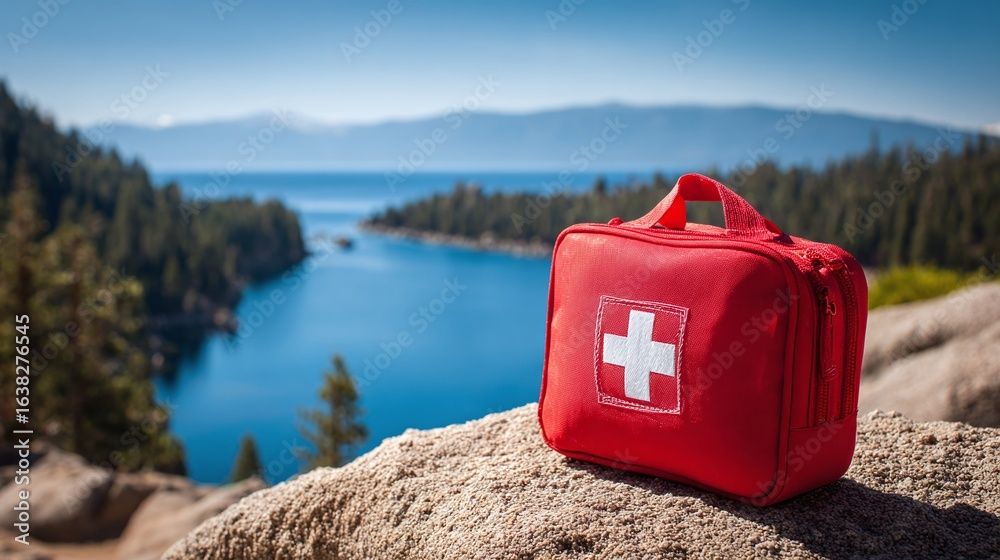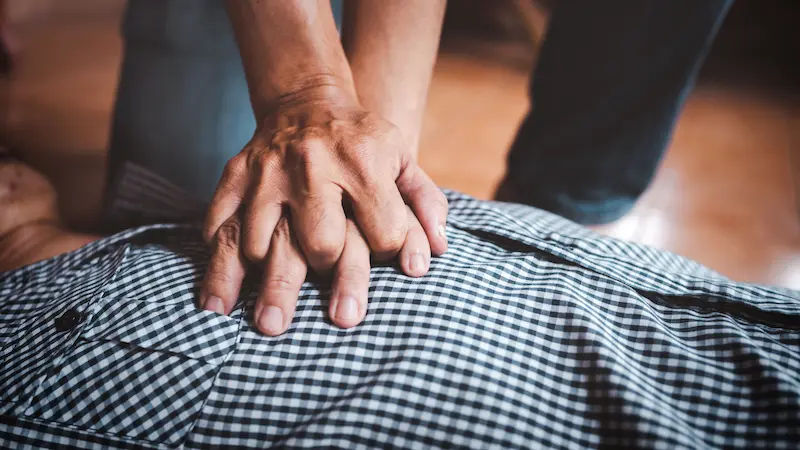Women and CPR Understanding the Gap to Save Lives
Learn why women are less likely to receive CPR and discover how awareness can help save lives in emergencies.

Written by Dr. Mohammed Kamran
Reviewed by Dr. Shaik Abdul Kalam MD (Physician)
Last updated on 30th Sep, 2025
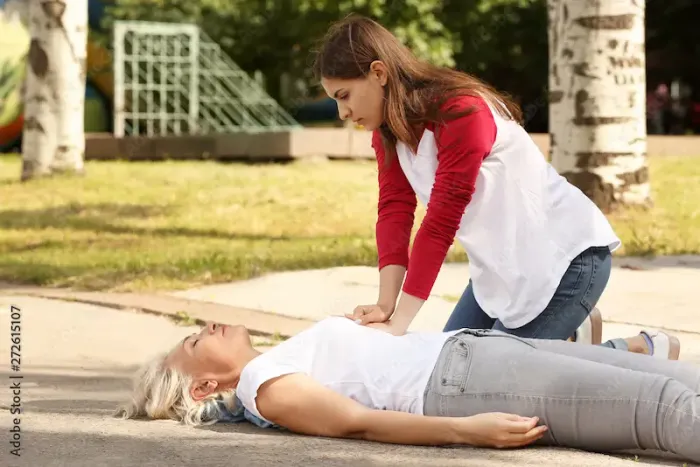
Introduction
Cardiac arrest is a leading cause of death worldwide, where the heart suddenly stops beating. Every minute without CPR reduces the chance of survival by 7-10%. While bystander CPR can double or even triple survival rates, a troubling pattern has emerged from research: a significant gender gap in who receives this vital intervention. Studies consistently show that in public places, women are less likely to receive CPR from strangers. This isn't just a statistic; it's a life-or-death disparity rooted in social fears and misconceptions. This article will unpack the data, explain the underlying reasons, from fears of inappropriate touching to anatomical myths and empower you with the knowledge and confidence to perform CPR correctly on anyone, anytime. Knowing why this gap exists is the first step toward closing it for good.
The Hard Data: What Research Reveals About CPR and Gender
The evidence for this disparity is robust and concerning. It highlights a clear bias in emergency response that has tangible consequences on survival outcomes.
Survival Rate Disparities Between Men and Women
This hesitation has a direct impact. Lower rates of bystander CPR lead to longer periods without blood flow to the brain and other vital organs. Consequently, women experiencing cardiac arrest in public have a lower probability of survival to hospital discharge compared to men. This data underscores that overcoming the bystander hesitation is not just a matter of equality but a critical public health imperative.
Consult a Cardiologist for the best advice
Unpacking the "Why": Top Reasons for the CPR Disparity
Understanding the "why" is crucial to addressing the problem. The reasons are largely psychological and social, rather than medical.
Fear of Inappropriate Touching or Causing Injury
Many people worry that pressing on a woman's chest could be seen as a violation or could cause injury, specifically to the breasts. This fear, while understandable, is misplaced in a life-threatening situation. The priority is always to sustain life by maintaining blood circulation.
Fear of Being Accused of Sexual Assault
This is a powerful, modern-day fear. Potential rescuers, particularly men, may hesitate because they are afraid their actions could be misinterpreted and lead to legal trouble or public shaming. This fear can paralyse even those with basic CPR knowledge.
The "Embarrassment Factor" and Social Awkwardness
Removing or cutting away clothing to expose the chest is often necessary for effective CPR and AED use. The idea of exposing a woman's breasts in public can cause significant embarrassment for both the rescuer and onlookers, leading to dangerous delays or complete inaction.
Misconceptions About Breast Tissue and CPR Effectiveness
A common and dangerous myth is that breast tissue makes CPR less effective or that it's hard to find the correct hand placement. This is incorrect. The correct hand placement for CPR is the centre of the chest, on the breastbone or sternum, which is a bone located beneath the breast tissue. Compressions are delivered effectively through breast tissue to the sternum beneath.
The Public vs. Private Setting: Where Does the Gap Widen?
Interestingly, the gender disparity in CPR rates is primarily a public phenomenon. In the home, where cardiac arrests most frequently occur, the gap narrows significantly. This suggests that the fears of social judgment and accusation are stronger among strangers in a public setting than they are among family members or friends at home. This reinforces the idea that the barrier is not a lack of knowledge, but a surge of social anxiety during a high-stakes moment.
A Step-by-Step Guide to Performing CPR on a Woman
Knowing what to do can crush hesitation. Here is a simple, step-by-step guide. Remember, any attempt at CPR is better than no attempt.
Step 1: Assess the Scene and Check for Responsiveness
Ensure the area is safe for you to approach. Tap the person firmly on the shoulder and shout, "Are you okay?" If they are unresponsive and not breathing normally (or only gasping), they are in cardiac arrest.
Step 2: Call for Help and Delegate Tasks
Yell for someone to call emergency services immediately. If an Automated External Defibrillator (AED) is available, tell another person to go get it. Delegating tasks makes the response more efficient.
Step 3: Begin Chest Compressions: Location is Key
When performing CPR, knowing where to place your hands is crucial.
1. Position the Person: Lay them flat on their back on a firm surface.
2. Kneel Beside Them: Place the heel of one hand on the centre of their chest. This is the lower half of the breastbone (sternum).
3. Interlock Your Hands: Place your other hand on top of the first and interlock your fingers.
4. Perform Compressions: Push straight down hard and fast, at least 2 inches deep, at a rate of 100-120 compressions per minute. (A good beat to remember is the song "Stayin' Alive" by the Bee Gees).
5. Allow Recoil: Let the chest come back up completely between compressions.
Debunking the Myth: CPR is Not Performed on the Breasts
It is vital to understand that the correct hand placement is on the sternum, a bony structure in the centre of the chest. You are compressing this bone, not the breast tissue itself. If clothing is bulky, you may need to remove or adjust it to find the proper landmark. Do not let the presence of breasts deter you; your compressions are effective through them.
Step 4: The Importance of Using an AED
When the AED arrives, turn it on and follow the voice prompts. It will tell you exactly what to do. Peel off the pads and place them directly on the bare skin as directed by the diagrams. One pad goes on the upper right chest, and the other on the lower left side. The AED will analyse the heart rhythm and advise a shock if needed. Do not hesitate to expose the chest to apply the pads; it is essential for saving a life.
Hands-Only CPR: A Simple Solution to Overcome Hesitation
For untrained bystanders or those hesitant about rescue breaths, Hands-Only CPR is a highly effective method endorsed by the American Heart Association. It involves providing continuous chest compressions without mouth-to-mouth breaths. This approach can significantly reduce the hesitation associated with touching a stranger's face and mouth, and it simplifies the process, making people more likely to act. For an adult who suddenly collapses, Hands-Only CPR can be just as effective as conventional CPR in the first few minutes.
Conclusion: Your Action Can Save a Life, Regardless of Gender
The disparity in CPR rates between men and women is a sobering reminder of how social anxieties can interfere with life-saving care. But knowledge is the antidote to fear. By understanding that the technique is the same for everyone, that breast tissue is not a barrier, and that your actions are protected and encouraged, you can overcome hesitation. In a cardiac emergency, the person on the ground is not a man or a woman, they are a human being whose life is in your hands. Your willingness to act, to push past discomfort, and to perform simple chest compressions can be the difference between life and death. Let's close this gap together.
Consult a Cardiologist for the best advice
Consult a Cardiologist for the best advice

Dr. Tripti Deb
Cardiologist
40 Years • MBBS, MD, DM, FACC, FESC
Hyderabad
Apollo Hospitals Jubilee Hills, Hyderabad

Dr. Anand Ravi
General Physician
2 Years • MBBS
Bengaluru
PRESTIGE SHANTHINIKETAN - SOCIETY CLINIC, Bengaluru
Dr Moytree Baruah
Cardiologist
10 Years • MBBS, PGDCC
Guwahati
Apollo Clinic Guwahati, Assam, Guwahati

Dr. Zulkarnain
General Physician
2 Years • MBBS, PGDM, FFM
Bengaluru
PRESTIGE SHANTHINIKETAN - SOCIETY CLINIC, Bengaluru

Dr Nazneen Khan
Cardiologist
7 Years • M.B.B.S, M.D (MEDICINE), DrNB CARDIOLOGY
Pune
Apollo Clinic, Viman Nagar, Pune
Consult a Cardiologist for the best advice

Dr. Tripti Deb
Cardiologist
40 Years • MBBS, MD, DM, FACC, FESC
Hyderabad
Apollo Hospitals Jubilee Hills, Hyderabad

Dr. Anand Ravi
General Physician
2 Years • MBBS
Bengaluru
PRESTIGE SHANTHINIKETAN - SOCIETY CLINIC, Bengaluru
Dr Moytree Baruah
Cardiologist
10 Years • MBBS, PGDCC
Guwahati
Apollo Clinic Guwahati, Assam, Guwahati

Dr. Zulkarnain
General Physician
2 Years • MBBS, PGDM, FFM
Bengaluru
PRESTIGE SHANTHINIKETAN - SOCIETY CLINIC, Bengaluru

Dr Nazneen Khan
Cardiologist
7 Years • M.B.B.S, M.D (MEDICINE), DrNB CARDIOLOGY
Pune
Apollo Clinic, Viman Nagar, Pune
More articles from Emergency Care
Frequently Asked Questions
1. Is CPR performed differently on women than on men?
No, the fundamental technique of chest compressions and AED use is exactly the same for men and women. The correct hand placement is the centre of the chest on the sternum for everyone.
2. What if I hurt the person while doing CPR?
It is common for ribs to crack during effective CPR, but this is a survivable injury. The alternative death from cardiac arrest is far worse. Remember, you are trying to save a life, and any potential injury is secondary.
3. Can I get in legal trouble for performing CPR on a woman?
Most countries have Good Samaritan laws that protect bystanders who act in good faith to provide emergency care. Your intent to save a life is what matters most legally.
4. Do I need to remove a woman's bra to perform CPR?
For the most effective compressions and to use an AED, you need access to the bare chest. If the bra is underwire or thick, it should be removed or cut. You can often slide the bra up to the neck to expose the sternum. Do not let this delay you; begin compressions and adjust as quickly as possible.
5. Why is the survival rate for women lower in cardiac arrest cases?
The lower survival rate is directly linked to the lower rate of bystander CPR initiation. The longer the brain and organs go without oxygenated blood, the lower the chance of survival without neurological damage.
